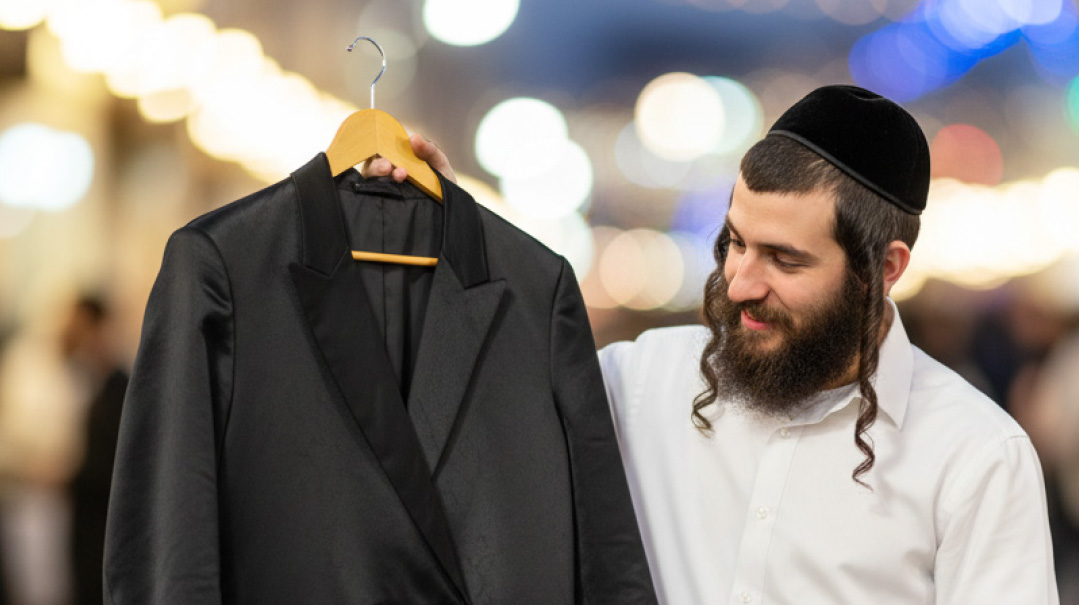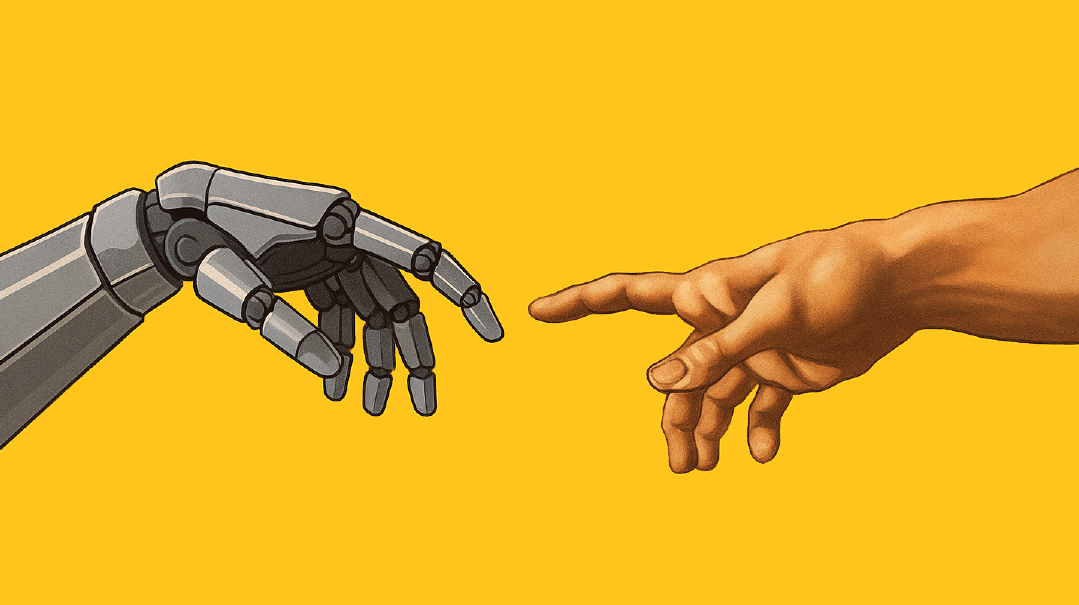Not All Dark

The pull of family, the constancy of hope, the power of prayer, and the immortality of the soul

"We’re launching a new series in the magazine this week,” I told a friend.
“Oh, those first-person true stories, like the Hatzolah guy and the ER doctor? I like those. I think everyone does,” she said.
“I think so, I hope so,” I said. “This one is about a hospice rabbi.”
She was quiet for a bit too long. “Why?” she finally said.
“You mean, isn’t it going to be depressing?”
She nodded. “Yeah, that’s what I meant.”
Why are we running a series documenting the true experiences of someone whose job description is literally to help people face death?
When Rabbi Daniel Rose told us what he does and sent a single raw submission to deputy editor Rachel Bachrach, we wondered the same thing. He preempted our concerns by explaining: “As you might imagine, working with a hospice can be difficult but also entails some very powerful and uplifting experiences. Experiencing the end of life teaches a lot about life itself, its promise and possibilities. I would like to share some of those experiences and lessons with Mishpacha’s readers.”
So we opened the attachment. The material was promising and we wanted to hear more.
Confession: I have a weakness for good writing. Even if I don’t agree with the ideas, even if I don’t connect to the subject, a part of me is always impressed by a writer who’s figured out how to string together the right combination of the right words at the right tempo with the right resonance.
But I don’t think that’s the reason why we went ahead with this material. I’m aware of my weakness, and I try not to let it be the main factor when accepting or rejecting material. A discerning editorial team selects and develops these series, and I trust these editors to be tough. When we pick material for publication, we look not just for skilled delivery, but primarily for material that stirs the reader in some way, that satisfies something within, that connects or clicks or moves them. We thought this material held that promise.
Right around a year ago, after months of correspondence, waiting time, reworking and editing, the rough contours of this mini-series started to take shape, and we put it on the wait-list for publication. (Yes, a lot of our breaking news features come together within days — and a lot of the longer-term projects percolate for months.)
Then COVID hit. We took a look at our plans, thought hard about running this material, and decided to wait some more. While it’s dotted with touches of sunshine, song, and wit, still, there was so much loss and grief in everyone’s daily news. And as much as we want the magazine to reflect our readers’ reality, we also try to build a product that is an escape of sorts, a haven and release that will uplift them come Shabbos. Adding another two pages of end-of-life experiences every week seemed tone-deaf.
It’s many months later. COVID is still here and the future is not clear, but we’re hoping that at this point, the darkness is not quite as thick, that hope and light are beckoning from the not-too-distant future. And maybe our encounters with mortality — as individuals, as families, as communities — have in some way made us more receptive to the true experiences of a rabbi who regularly encounters not just death, but also the pull of family, the constancy of hope, the power of prayer, and the immortality of the soul.
(Originally featured in Mishpacha, Issue 836)
Oops! We could not locate your form.







